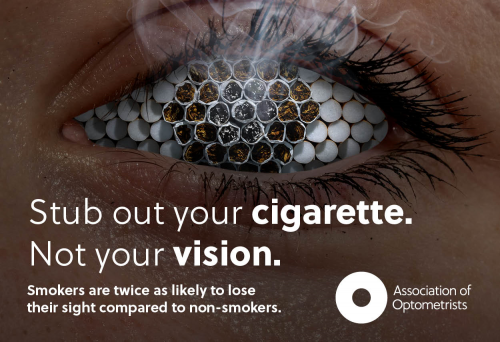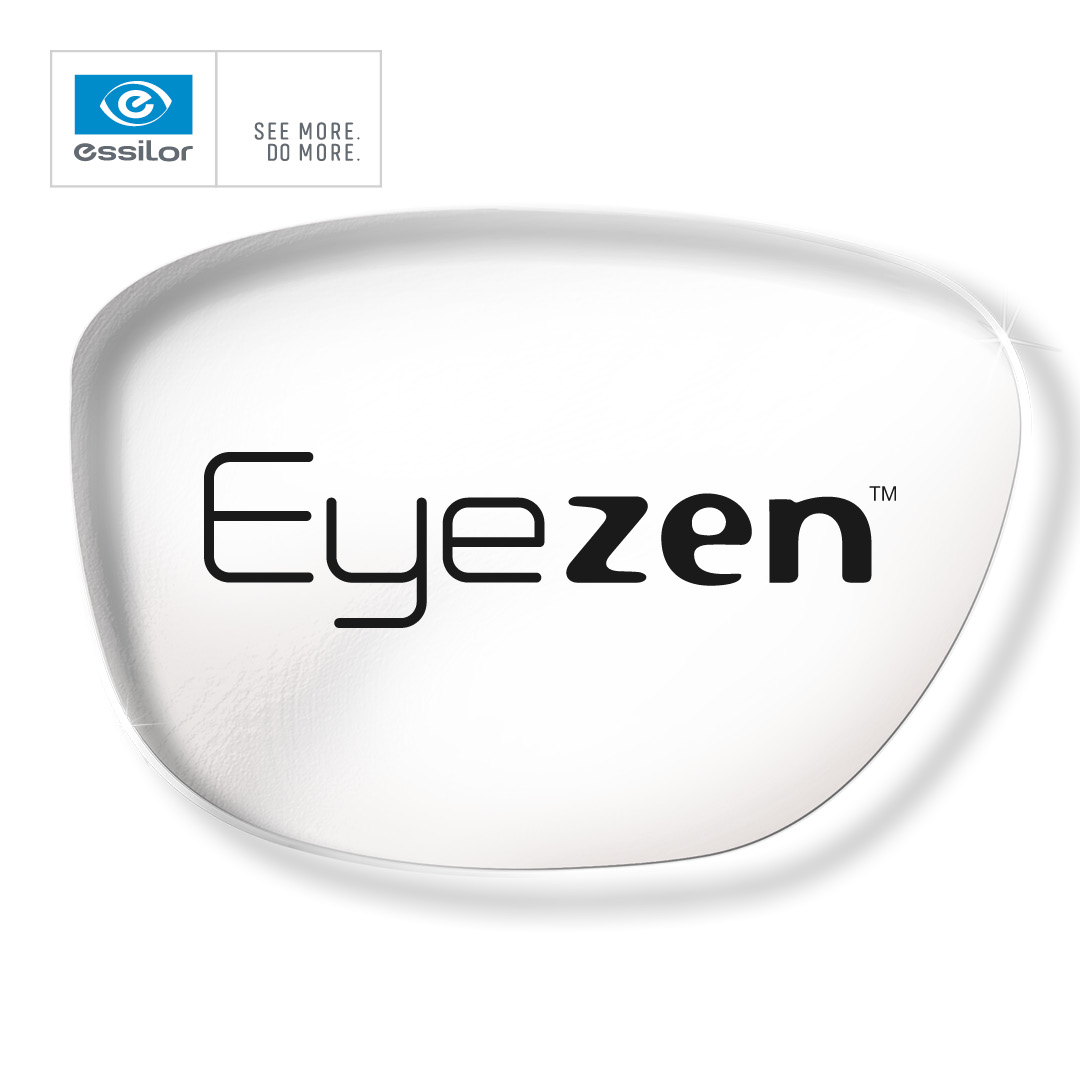Refractive Error
Common eye conditions
Refractive Error
The normal eye
A normal eye is focused for objects in the far distance, and when you look at something close too it adjusts the focus in a similar way to a camera. This is achieved by changing the shape of the lens within the eye, a process known as accommodation. In a young person the eye can adjust focus, or accommodate, to within 10cm. This ability decreases steadily with age and typically in the mid-forties the closest one can focus is about 40cm. This means that spectacles become necessary for near vision tasks such as reading. This is known as presbyopia and it is entirely normal. It is slowly progressive so that gradually more powerful near vision glasses are required.
Short sight
This is also known as myopia. People who are short sighted experience difficulties focussing on distant objects, and near objects are generally seen clearly. Frequently short sightedness occurs in adolescence and may progress into early adult life. People with myopia usually need glasses to drive, for TV, cinema, blackboard work and the like, but often can read and do other near vision tasks well unaided.
Management options
- Spectacles
- Contact lenses
- Laser refractive surgery
- Clear lens extraction (extreme cases)
Long sight
This is also known as hypermetropia. It is not the opposite of myopia, and its effect varies on the age of the patient and of course on how great the error is. Young long-sighted eyes generally see well at all distances, but are working hard to maintain sharp focus by accommodating, especially at near, and so may experience problems focusing only for close work. However, if they are moderately long-sighted, then for distance the vision will be blurred too.
As we age and presbyopia occurs, long-sightedness becomes more difficult to live with, as objects further away gradually become more difficult to focus.
Management options
- Spectacles
- Contact lenses
- Laser refractive surgery (low amounts)
Astigmatism
Usually this is a defect caused by distortion of the cornea, the clear front surface of the eye. In a normal eye the cornea has a spherical surface, rather like a ball. In an eye with astigmatism the front surface is shaped more like the back of a teaspoon, and has a short steep curve with a longer, flatter curve at about 90° to it. The image seen is focused differently by the steep and flat curves and so cannot be focused clearly on to the retina. Astigmatism will cause focusing difficulties at any distance but generally causes greater difficulty with long distance, and can sometimes be combined with long or short sight.
Management options
- Spectacles
- Contact lenses
- Laser refractive surgery (low amounts)
Presbyopia
As the ‘normal’ eye loses its ability to focus close to, glasses will be required for reading and other close work, generally between 45-55 years of age. Short-sighted eyes find they can see better at near by removing their glasses, and long-sighted people usually require a second, stronger prescription. Correction can be achieved with two pairs of spectacles or with bifocals or varifocals.
Management options
- Spectacles
- Contact lenses
- Contact lenses with glasses









